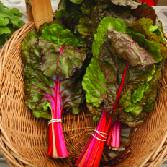-
CATEGORY ::
- All Seeds /
- All Cover Crop Seed
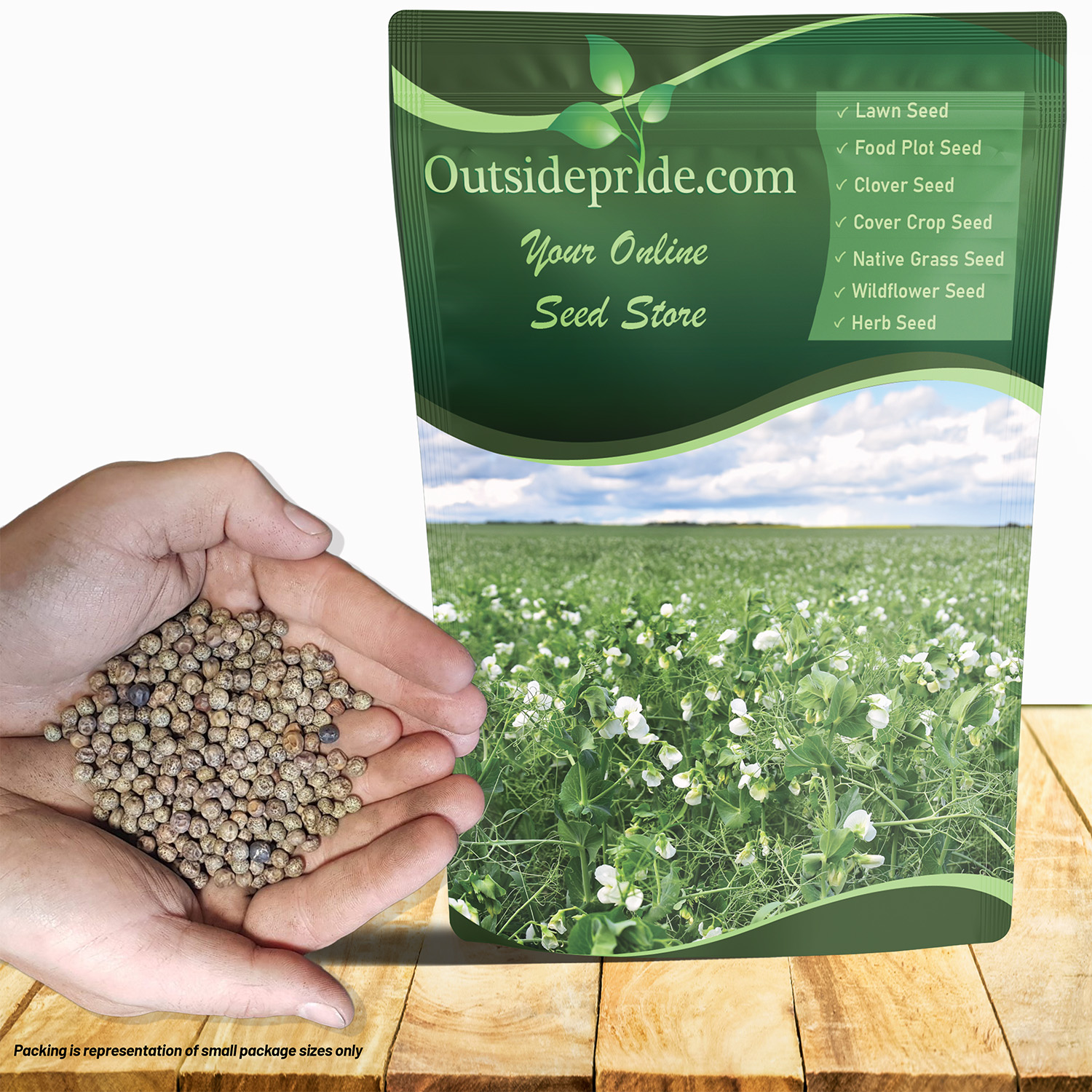

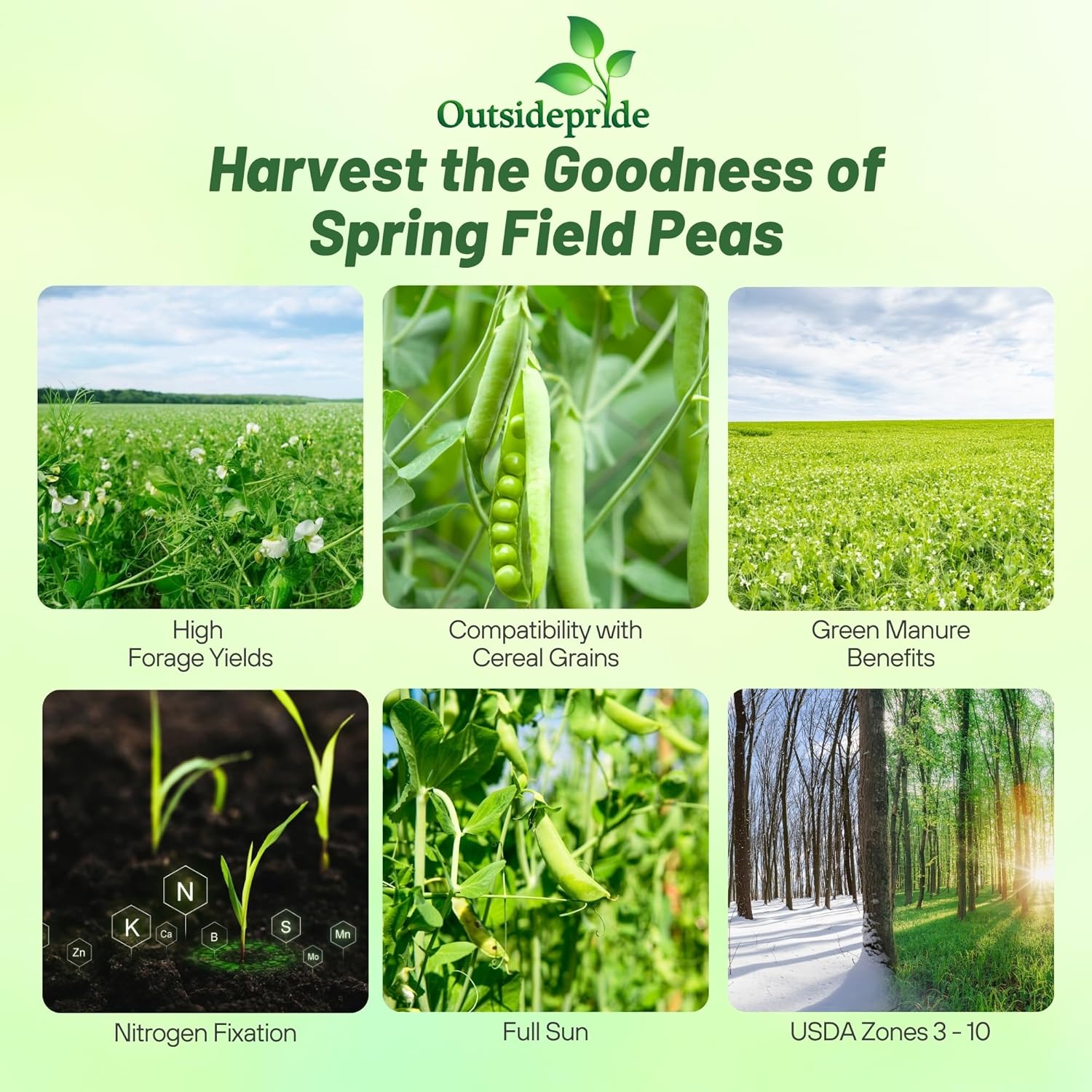
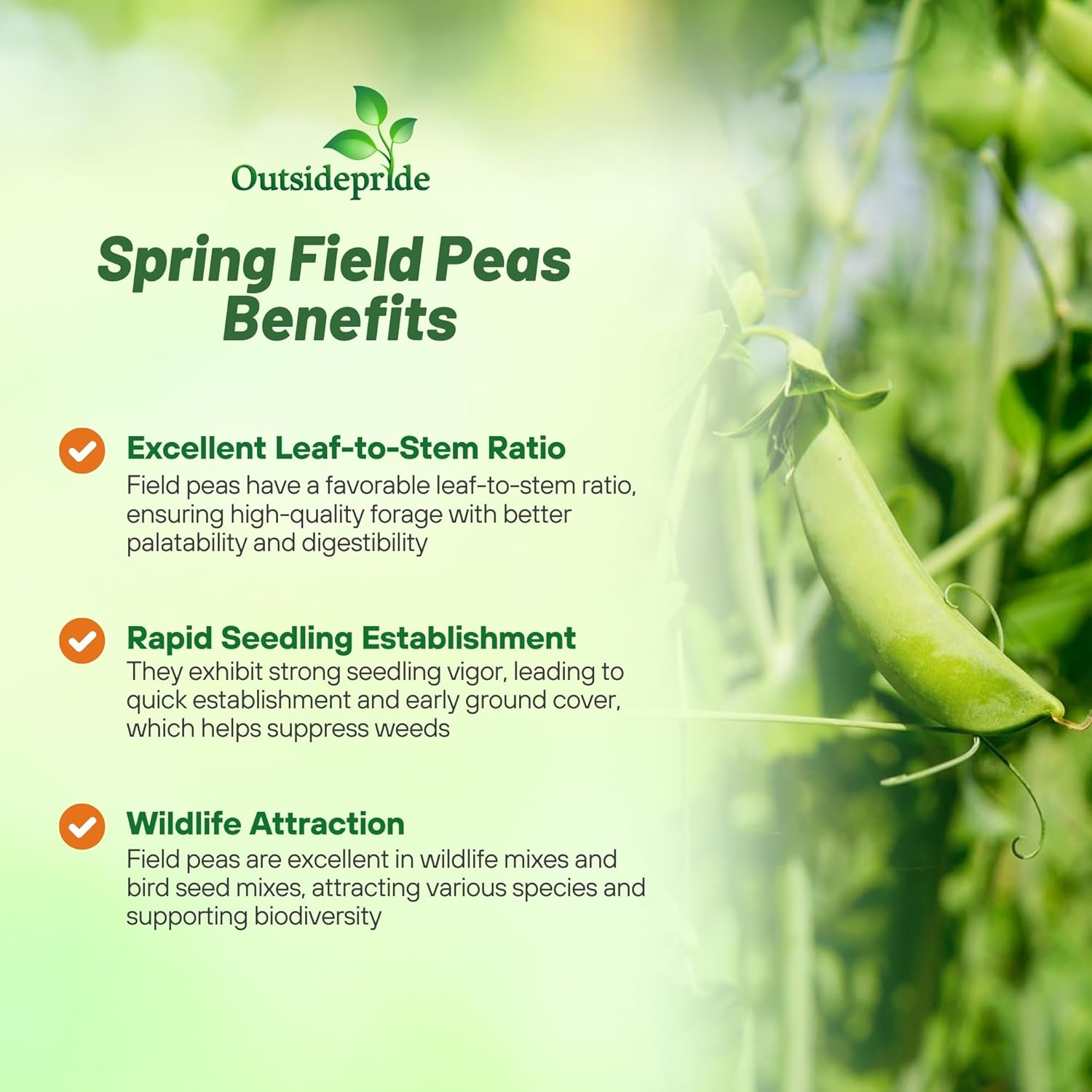
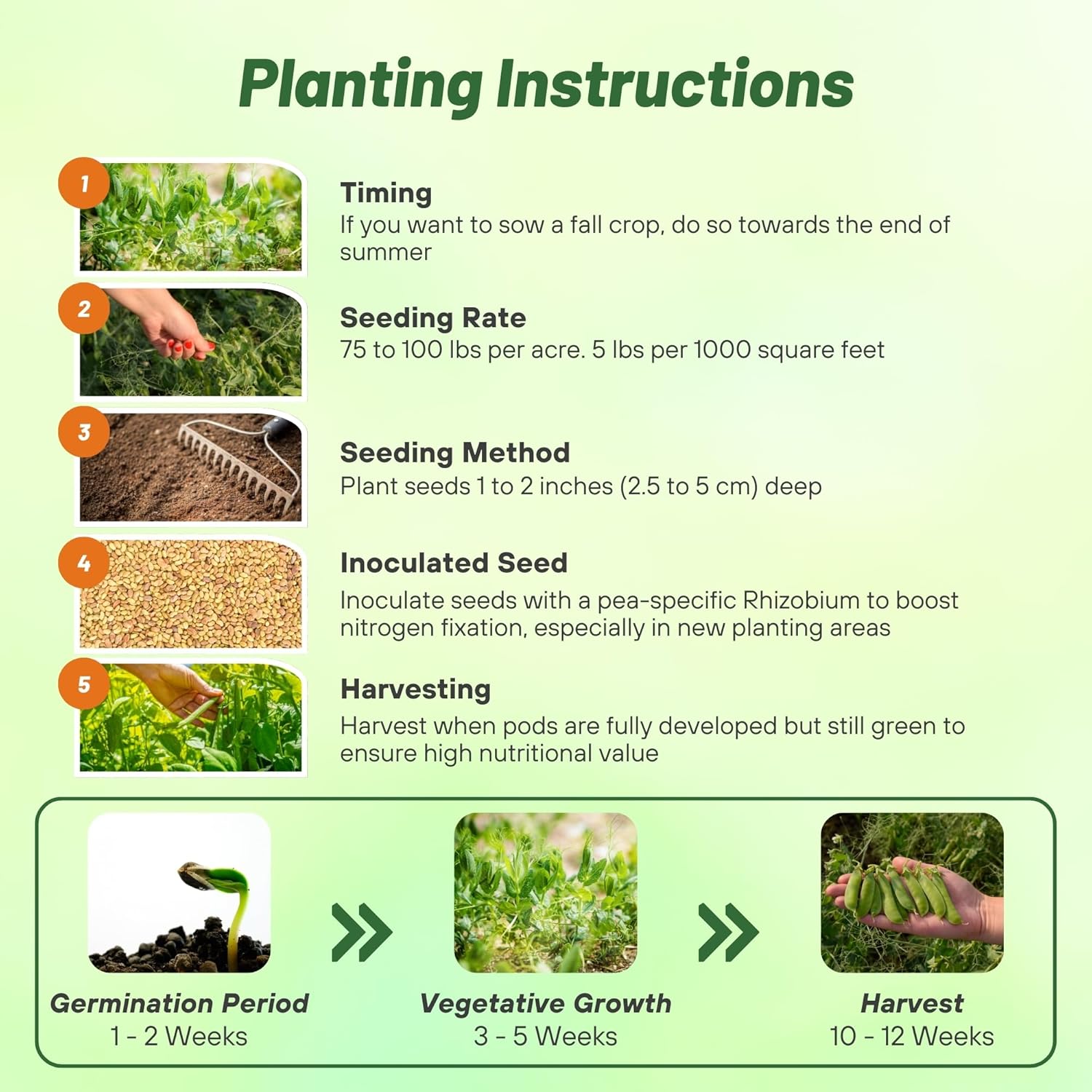
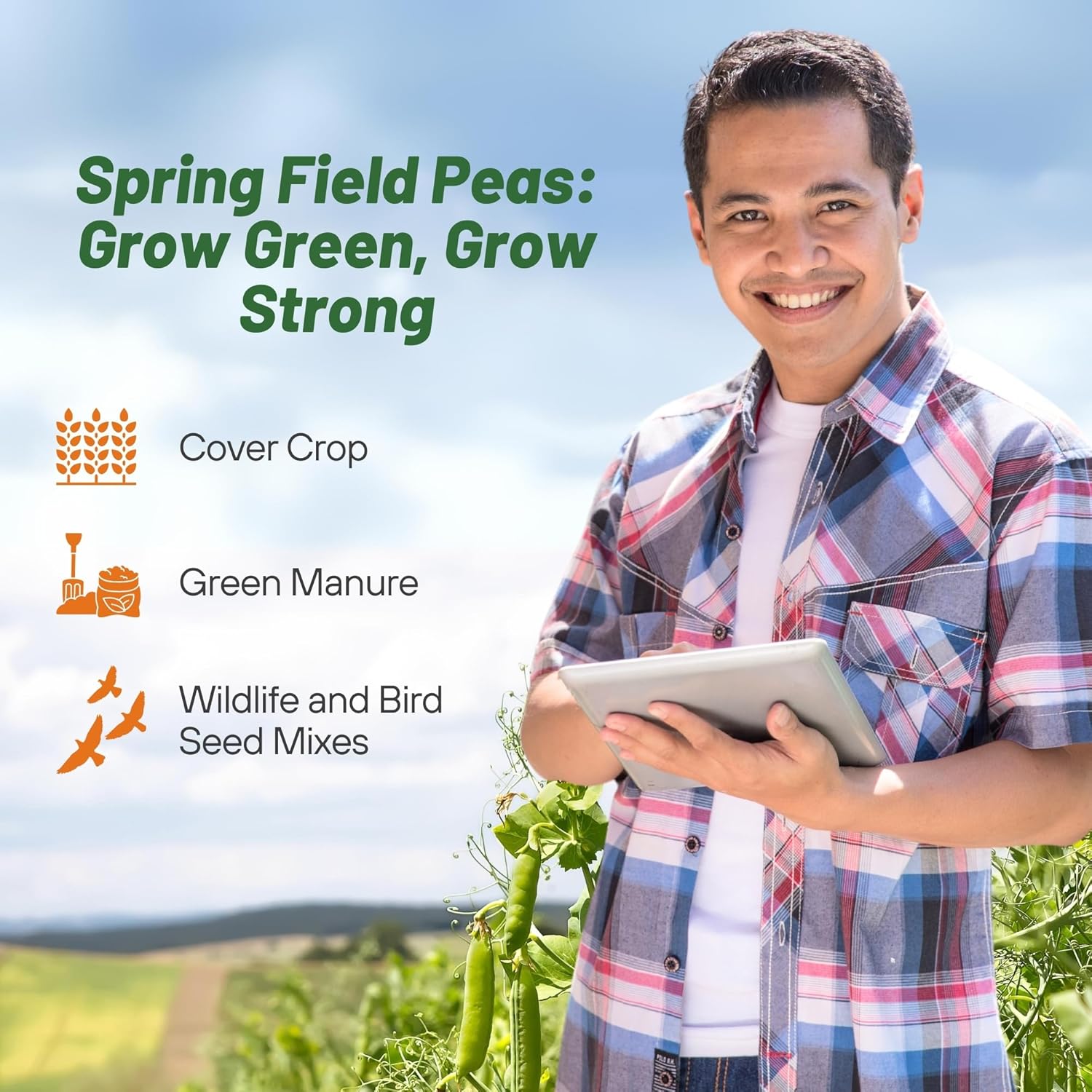


Spring Field Peas
LATIN NAME
Pisum sativum
SEASON
Annual
ENVIRONMENT
Full sun
USDA ZONES
3 - 10
SOWING TEMP
42F - 70F
WHEN TO PLANT
After danger of frost in spring to fall
PLANTING DEPTH
1 - 2 inches
SOWING METHOD
Drill
SEEDING RATE
75 - 100 lbs per acre
IDEAL FOR
Forage, green manure chop, cover crop, wildlife mixtures
PLANT CHARACTERISTICS
Nitrogen fixator, wildlife attractant, fast growing, excellent vigor
ESTABLISHMENT RATE
Fast
MOISTURE REQUIREMENTS
Moderate
CROP HEIGHT
36 - 48 inches
COLD TOLERANCE
Good
HEAT TOLERANCE
Good
SHADE TOLERANCE
Good
DAYS TO MATURITY
60 days
AVERAGE GERMINATION
7 - 14 days
LATIN NAME
Fagopyrum esculentum
SEASON
Annual
ENVIRONMENT
Full sun
USDA ZONES
3 - 10
SOWING TEMP
50F - 70F
WHEN TO PLANT
Late spring to mid summer
PLANTING DEPTH
1/2 - 1 inch
SOWING METHOD
Drill
SEEDING RATE
40 - 50 lbs per acre
IDEAL FOR
Erosion control, nurse crop, companion crop, cover crop, food plot, pollinator
PLANT CHARACTERISTICS
Wear tolerant, fast growing, improves soil, nutritious grain
ESTABLISHMENT RATE
Fast
MOISTURE REQUIREMENTS
Moderate
CROP HEIGHT
36 - 48 inches
COLD TOLERANCE
Excellent
HEAT TOLERANCE
Good
SHADE TOLERANCE
Poor
DAYS TO MATURITY
70 - 90 days
AVERAGE GERMINATION
3 - 5 days
LATIN NAME
Brassica rapa
SEASON
Annual
ENVIRONMENT
Full sun to partial shade
USDA ZONES
2 - 9
SOWING TEMP
45F+
WHEN TO PLANT
5 - 7 weeks before first frost in fall
PLANTING DEPTH
1/2 inch
SOWING METHOD
Broadcast or drill
SEEDING RATE
10 - 15 lbs per acre
PLANT CHARACTERISTICS
Easy establishment, winter hardiness
ESTABLISHMENT RATE
Faste
MOISTURE REQUIREMENTS
Moderate
CROP HEIGHT
24 inches
COLD TOLERANCE
Excellent
HEAT TOLERANCE
Fair
SHADE TOLERANCE
Fair
DAYS TO MATURITY
55 days
IDEAL FOR
Wildlife food plots, cover crop, forage
AVERAGE GERMINATION
7 - 14 days
LATIN NAME
Brassica oleracea
SEASON
Annual
ENVIRONMENT
Full sun
USDA ZONES
3 - 10
SOWING TEMP
45F+
WHEN TO PLANT
5 - 7 weeks before frost in fall
PLANTING DEPTH
1/4 inch
SOWING METHOD
Broadcast or drill
SEEDING RATE
6 - 10 lbs per acre
PLANT CHARACTERISTICS
Excellent regrowth, winter hardiness, erosion control
ESTABLISHMENT RATE
Fast
MOISTURE REQUIREMENTS
Moderate
CROP HEIGHT
36 inches
COLD TOLERANCE
Excellent
HEAT TOLERANCE
Fair
SHADE TOLERANCE
Good
DAYS TO MATURITY
55 - 75 days
IDEAL FOR
Erosion control, wildlife food plots, grazing, cover crop
AVERAGE GERMINATION
3 - 14 days
LATIN NAME
Crotalaria juncea L.
SEASON
Annual
ENVIRONMENT
Full sun
USDA ZONES
8 - 11
SOWING TEMP
65F+
WHEN TO PLANT
Spring to early summer
PLANTING DEPTH
1/4 - 1 inch
SOWING METHOD
Broadcast or drill
SEEDING RATE
25 - 50 lbs per acre
PLANT CHARACTERISTICS
High biomass, nitrogen fixator
ESTABLISHMENT RATE
Fast
MOISTURE REQUIREMENTS
Moderate
CROP HEIGHT
36 - 108 inches
COLD TOLERANCE
Poor
HEAT TOLERANCE
Excellent
SHADE TOLERANCE
Poor
DAYS TO MATURITY
60 - 90 days
IDEAL FOR
Cover crop, soil improvement, green manure, forage, fiber production
AVERAGE GERMINATION
3 - 7 days
LATIN NAME
Glycine max
SEASON
Annual
ENVIRONMENT
Full sun
USDA ZONES
2 - 10
SOWING TEMP
55F - 77F
WHEN TO PLANT
Spring to early summer
PLANTING DEPTH
3/4 - 1 1/2 inches
SOWING METHOD
Broadcast or drill
SEEDING RATE
90 - 120 lbs per acre
PLANT CHARACTERISTICS
Nitrogen fixator, easy establishment, high yields, oil
ESTABLISHMENT RATE
Fast
MOISTURE REQUIREMENTS
High
CROP HEIGHT
20 - 50 inches
COLD TOLERANCE
Poor
HEAT TOLERANCE
Good
SHADE TOLERANCE
Poor
DAYS TO MATURITY
80 - 120 days
IDEAL FOR
Livestock, cover crop, animal feed,
AVERAGE GERMINATION
5 - 10 days
LATIN NAME
Vigna unguiculata
SEASON
Annual
ENVIRONMENT
Full sun to partial shade
USDA ZONES
5 - 10
SOWING TEMP
70F - 95F
WHEN TO PLANT
After danger of frost
PLANTING DEPTH
1/2 - 1 inch
SOWING METHOD
Drill
SEEDING RATE
30 - 90 lbs per acre
IDEAL FOR
Erosion control, nitrogen fixation, food plots
PLANT CHARACTERISTICS
Fast growing, high protein
ESTABLISHMENT RATE
Fast
MOISTURE REQUIREMENTS
Moderate - high
CROP HEIGHT
24 - 36 inches
COLD TOLERANCE
Poor
HEAT TOLERANCE
Excellent
SHADE TOLERANCE
Moderate
DAYS TO MATURITY
80 - 90 days
AVERAGE GERMINATION
7 - 10 days
About...
Field peas have a wide variety of uses: cover crops, cereal grain, green chop, sprouting, wildlife mixes and can be used in bird seed mixes as well.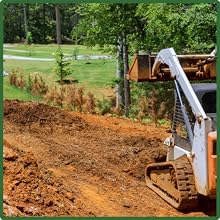
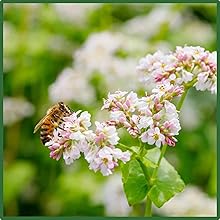
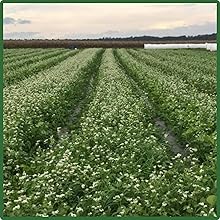
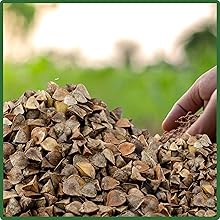
MORE COVER CROP OPTIONS

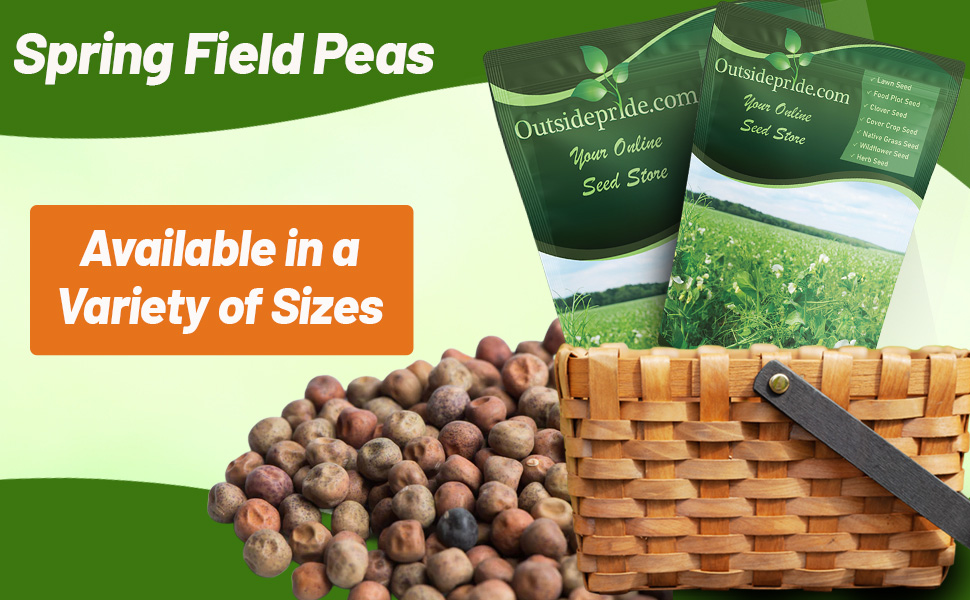
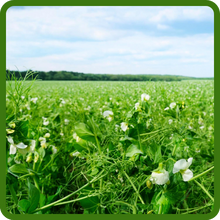
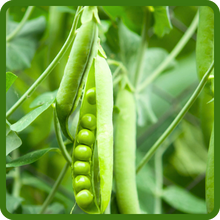
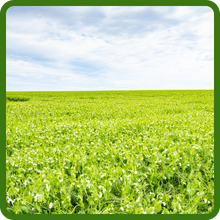

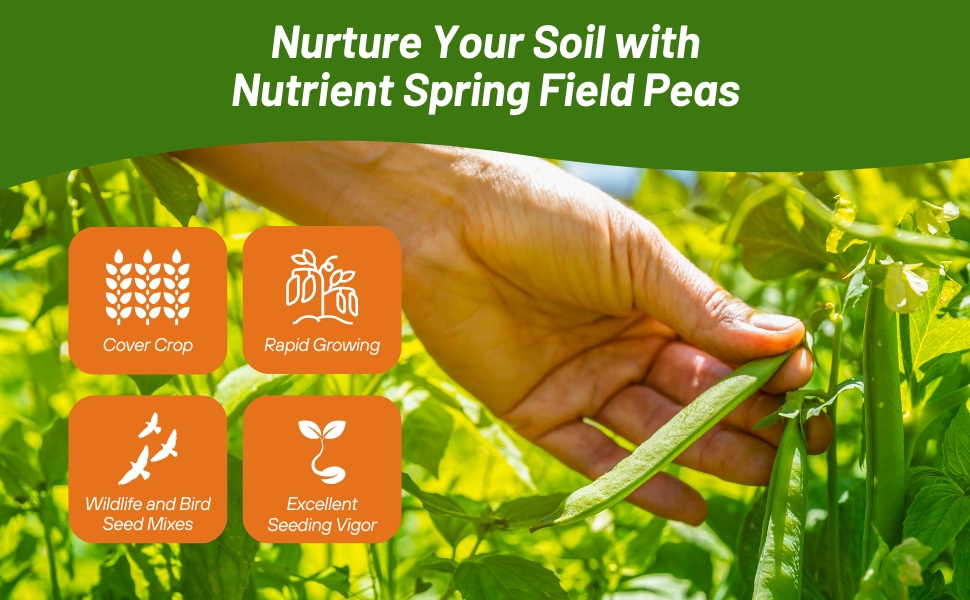
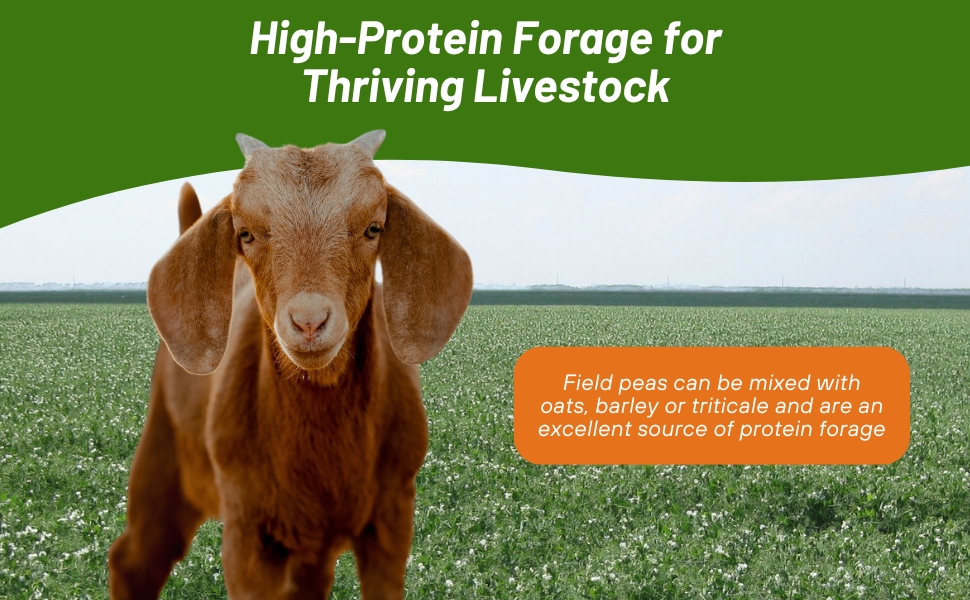
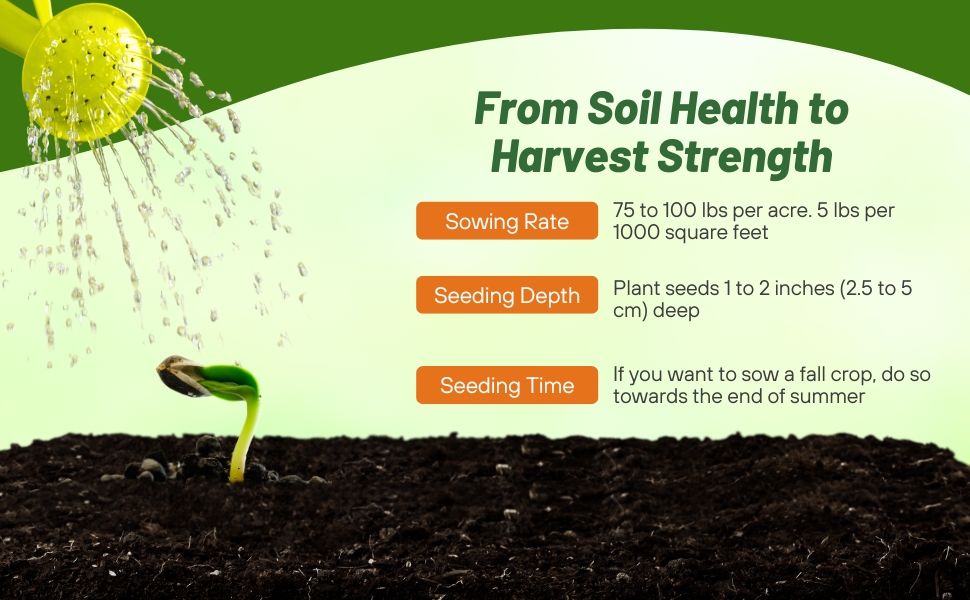
Plant Dundale spring peas as soon as the fields are able to work and expect field peas to grow rapidly in the spring. Seedlings are able to tolerate frost in the low 20s and will produce a new shoot if frost damage does occur. The plants will flowers in approximately 45 days and are ready for harvest in about 60 days.
Field peas can be mixed with oats, barley or triticale and are an excellent source of protein forage. Research has shown that field pea is an excellent protein supplement in pigs, cattle and poultry rations. They are also excellent in wildlife mixes and bird seed mixes.
Spring field peas are also a good source of green manure for the soil. The thick foliage breaks down easily and enhances the quality of the soil. Field peas also fixate nitrogen and can greatly cut down the need to add fertilizers to the soil. Plant pea seed at a depth of 1 - 2 inches.
- High forage yields
- Mixes well with cereal grains
- Great leaf to stem ratio
- Excellent seedling vigor
- Large amounts of quality biomass
Seeding Rate: 75 to 100 lbs per acre. 5 lbs per 1,000 square feet.

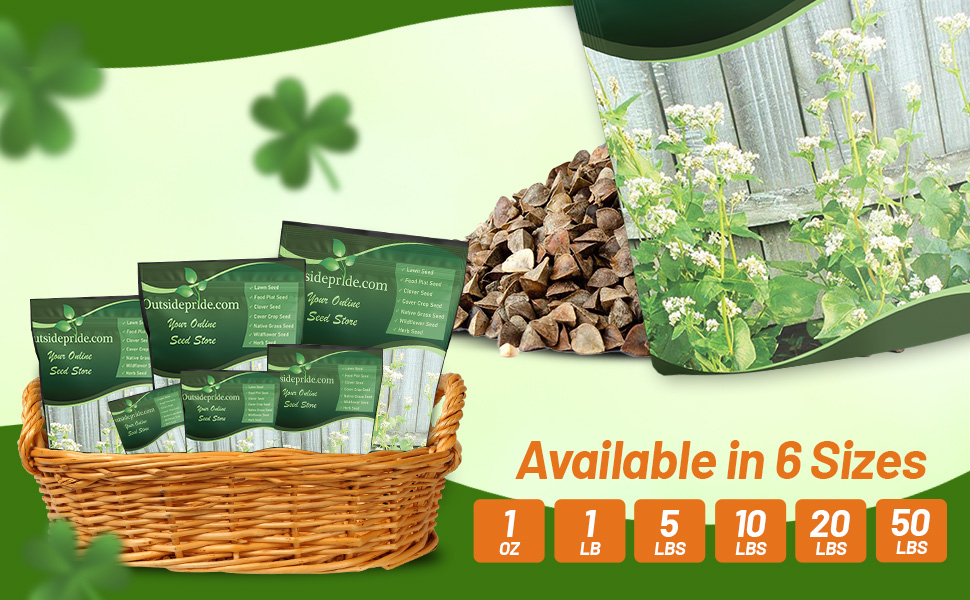
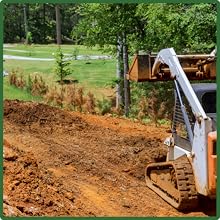
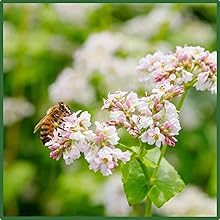
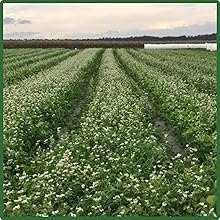
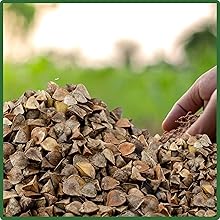
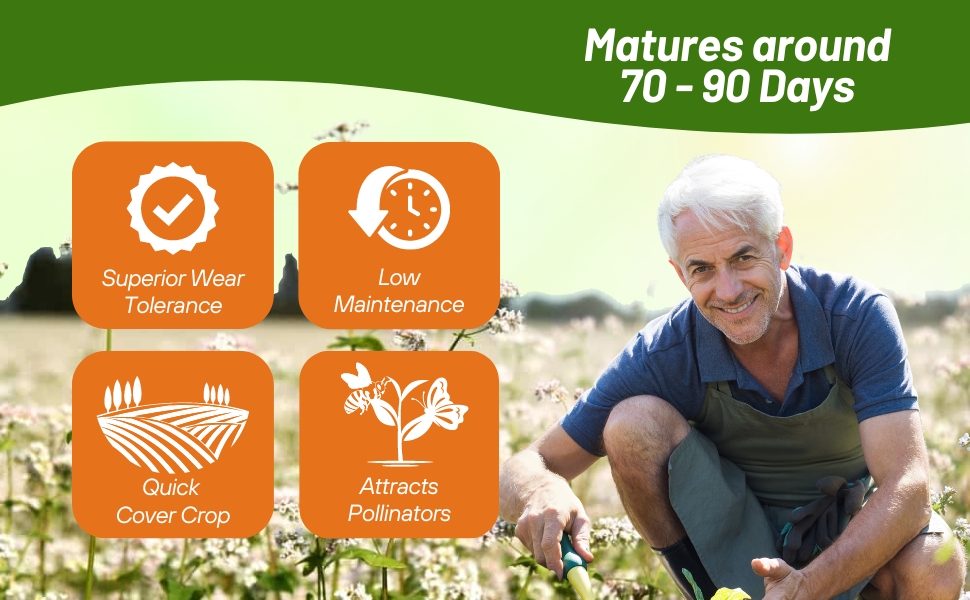
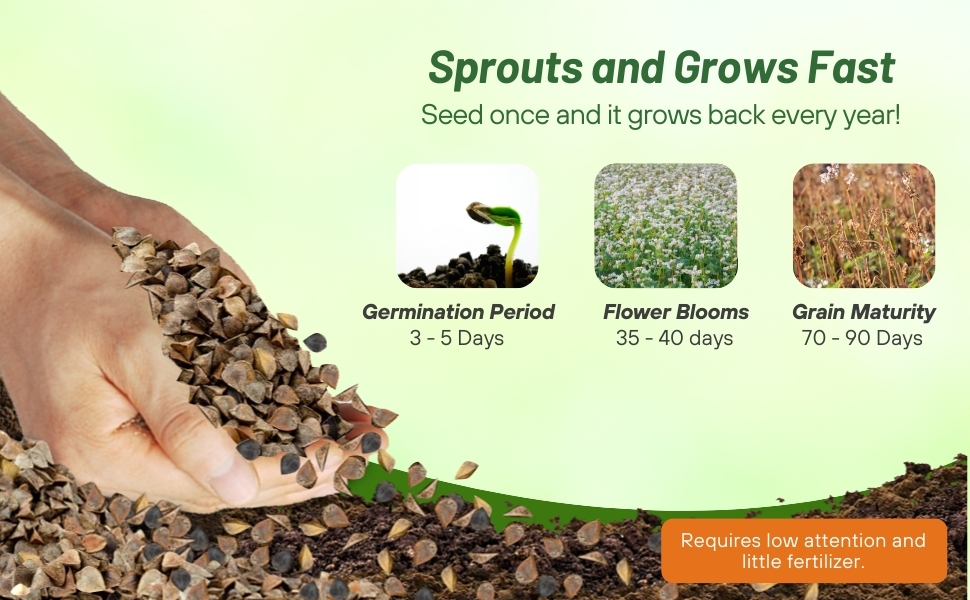
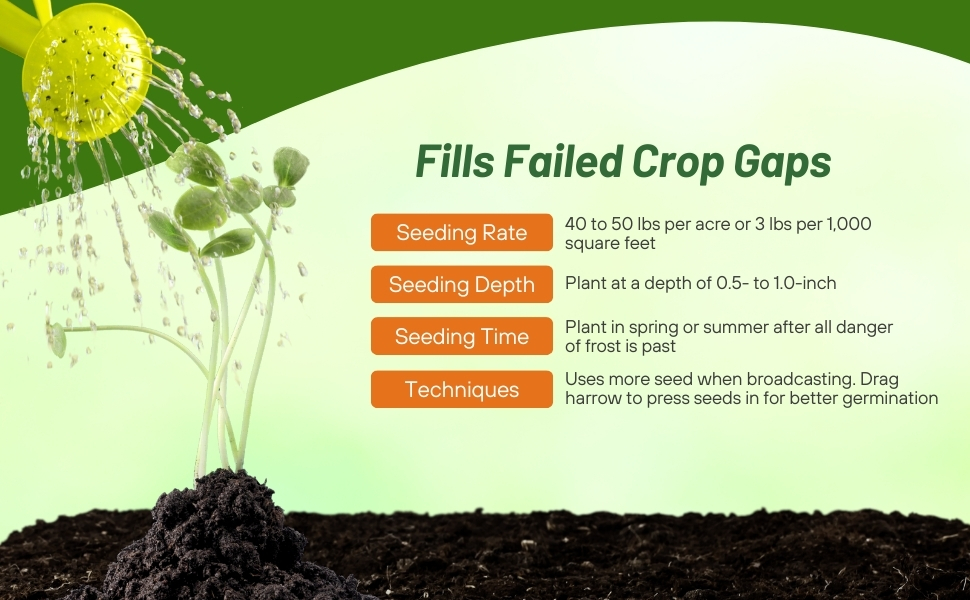
Reasons to grow buckwheat:
- Fits into rotations at a time when fields might otherwise be idle.
- Can be grown as a catch crop where another crop failed.
- Inexpensive to grow because it requires no pesticides and little fertilizer.
- Can be grown with equipment available on most farms.
- Requires little attention during the growing season.
- Mellows the soil and suppresses some weeds.
- Easily raised Organically, at a premium price.
For more information from Cornell University: Buckwheat
















